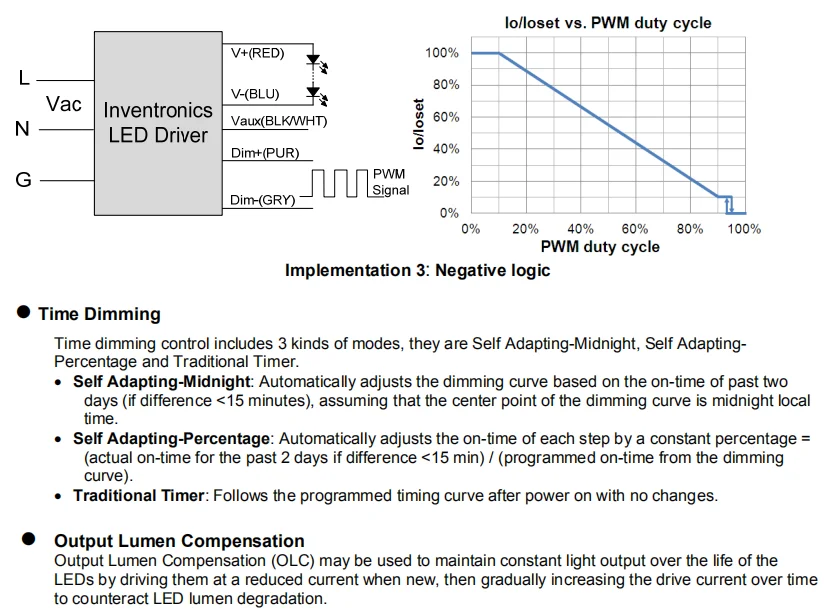Does a Lightning Rod Attract Lightning? Unveiling the Truth Behind Lightning Protection Systems
#### IntroductionWhen thunderstorms roll in, many homeowners find themselves questioning the safety of their property. One common inquiry is: **Does a light……
#### Introduction
When thunderstorms roll in, many homeowners find themselves questioning the safety of their property. One common inquiry is: **Does a lightning rod attract lightning?** This question has sparked numerous myths and misconceptions over the years. In this article, we will delve deep into the science behind lightning rods, their purpose, and whether they truly attract or repel lightning strikes.
#### Understanding Lightning
Before we can address the role of lightning rods, it is essential to understand what lightning is. Lightning is a powerful electrical discharge that occurs during a thunderstorm. It is caused by the buildup of static electricity in clouds, which can reach millions of volts. When the electrical potential becomes too great, a discharge occurs, often seeking the path of least resistance to the ground. This is where the function of a lightning rod comes into play.
#### What is a Lightning Rod?
A lightning rod, also known as a lightning conductor, is a metal rod mounted on a structure and connected to the ground through a wire. Its primary purpose is to provide a safe pathway for lightning to follow, redirecting the electrical charge away from the building and into the ground. By doing so, it minimizes the risk of fire, structural damage, and injury to occupants.

#### Does a Lightning Rod Attract Lightning?
Now, let's address the burning question: **Does a lightning rod attract lightning?** The answer is nuanced. Lightning rods do not attract lightning in the sense that they create lightning strikes. Rather, they provide a preferred route for lightning to discharge safely. Structures without lightning rods are more likely to suffer damage because they lack a designated path for the electrical current.
#### The Science Behind Lightning Protection
Lightning rods are designed based on principles of physics. They are typically made of conductive materials like copper or aluminum, which allow them to effectively channel electrical energy. When installed correctly, they can significantly reduce the risk of lightning strikes hitting a building. The effectiveness of a lightning rod depends on its height, placement, and the grounding system used.
#### Benefits of Installing a Lightning Rod

1. **Safety**: The primary benefit of a lightning rod is enhanced safety for both the building and its occupants. By directing lightning away from vulnerable areas, the risk of fire and electrical damage is greatly reduced.
2. **Property Protection**: Homes and businesses equipped with lightning rods are less likely to suffer severe damage during thunderstorms. This can save property owners significant repair costs and insurance claims.
3. **Peace of Mind**: Knowing that your property is protected from lightning strikes can provide peace of mind during stormy weather. This is particularly important for those living in areas prone to frequent thunderstorms.
#### Common Misconceptions
Despite the clear benefits, several misconceptions persist about lightning rods. One common myth is that having a lightning rod increases the chances of being struck by lightning. In reality, lightning rods do not increase the risk; they simply provide a safer alternative for lightning to discharge.

#### Conclusion
In conclusion, the question **Does a lightning rod attract lightning?** can be answered with clarity. While lightning rods do not attract lightning, they serve a critical role in protecting structures from the potentially devastating effects of lightning strikes. By installing a lightning rod, homeowners can safeguard their property and ensure the safety of their loved ones during thunderstorms. Understanding the science behind lightning and lightning rods can help dispel myths and encourage more people to invest in this essential safety feature.